Washington University Nursery School teachers are attentive to individual needs, serving as catalysts to spark each child’s interests and desire to experiment and explore. Our school provides a safe, nurturing environment that encourages growth and independence in all developmental areas.
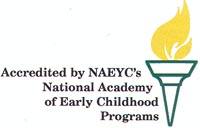
The philosophy of the nursery school is that children learn most effectively through play. Our approach is “hands-on,” where children act upon what they are learning and feeling. We consider the process more important than the product. Teachers provide the opportunity for children to interact with their environment in ways that are meaningful to them. For each class, teachers develop a curriculum that reflects the interests and abilities of the children in the classroom. In addition, all children actively participate with specialists in science, art, music and Spanish. As trends in the field of early education change, we evaluate what is new and determine if it would be enriching for our program.
The staff at the nursery school respects and appreciates the talents and personalities of each child and his or her family. A teacher’s individual talents are also encouraged as she or he develops his or her own personal approach in the classroom. This makes for a vibrant, growing community of children, families and teachers.
Ages 2 1/2 – 3: Teddy Bears
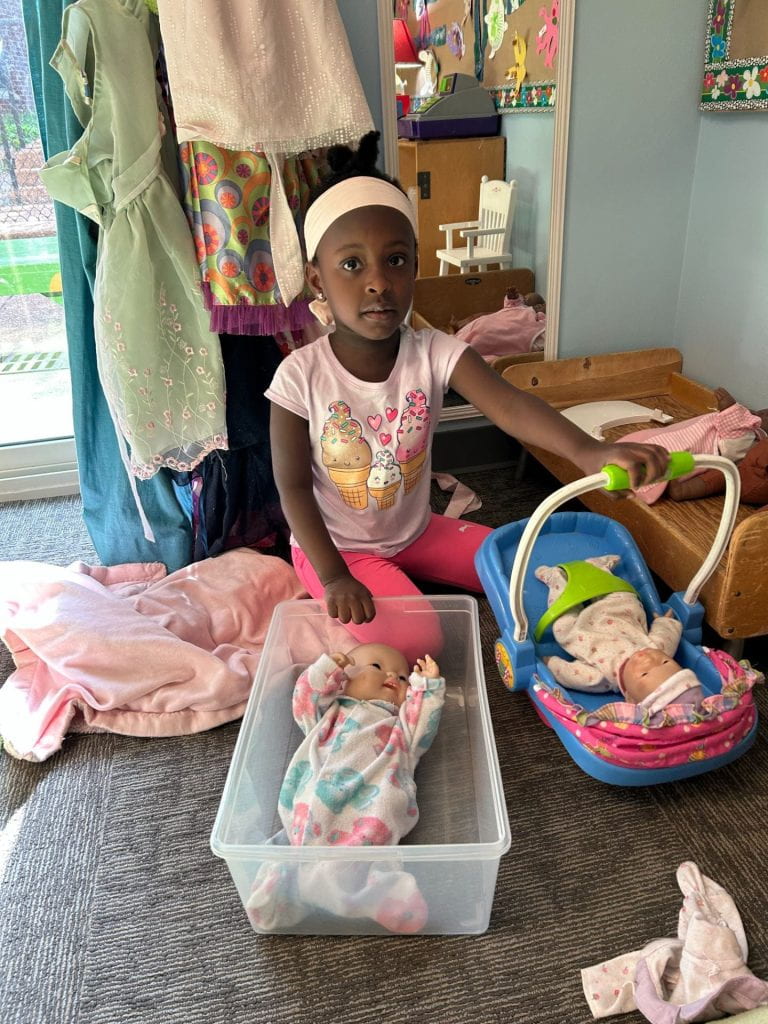
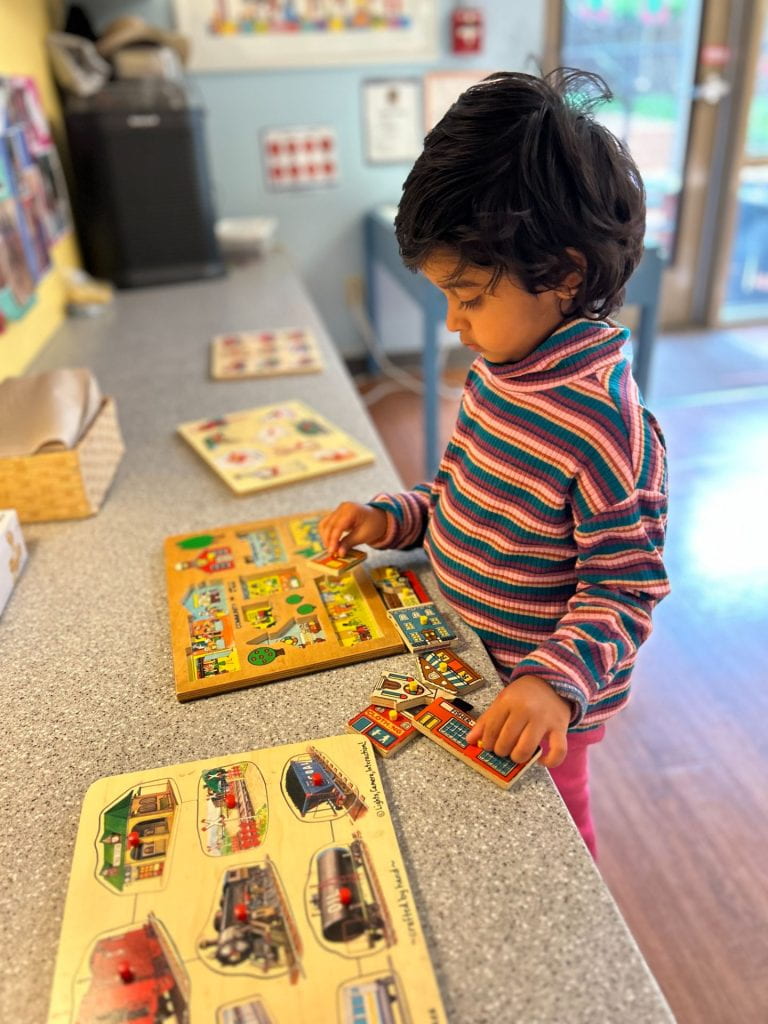
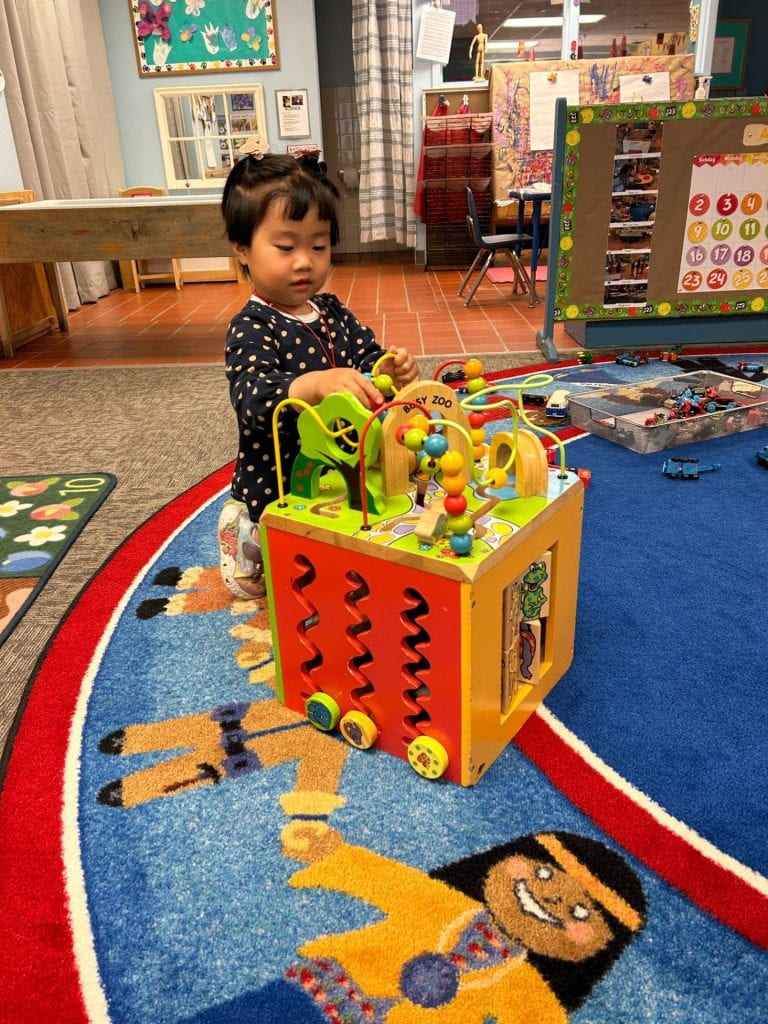
- Student to teacher ratio is 6:1
- Children participate in individual, small-group and large-group activities.
- Teachers and teaching assistants engage with children throughout the day, encouraging conversation, listening and collaborative play.
- Classrooms provide high quality, rotating materials that are developmentally appropriate to challenge children’s intellectual growth.
Ages 3 – 4: Bear Cubs, Panda Bears
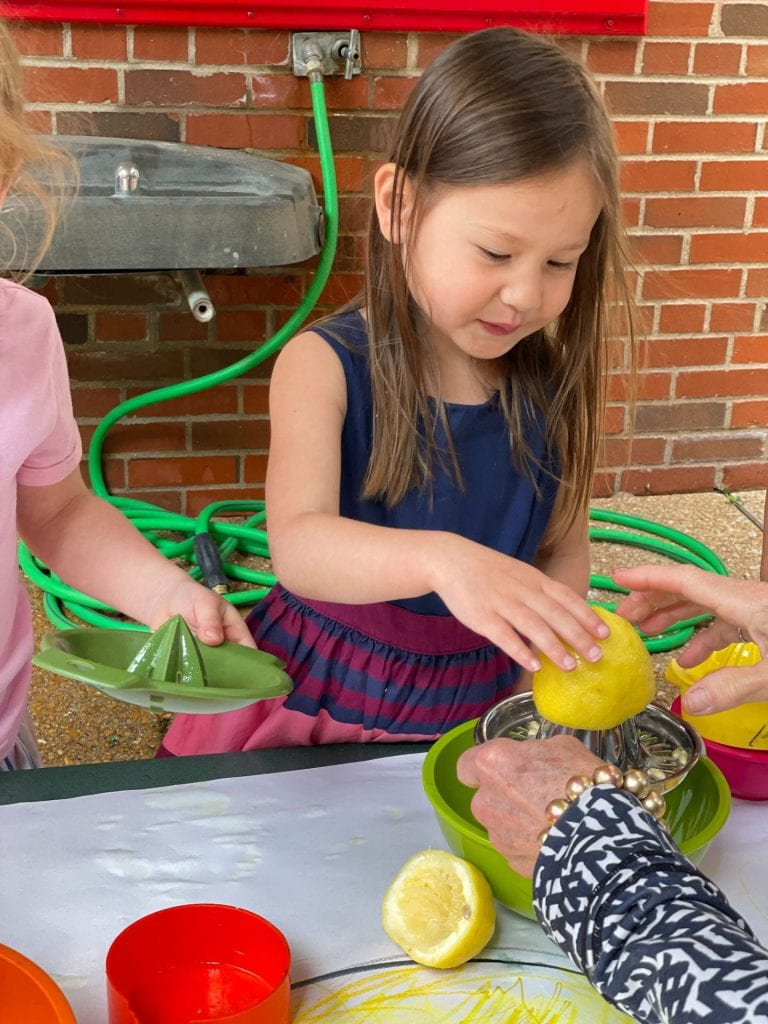
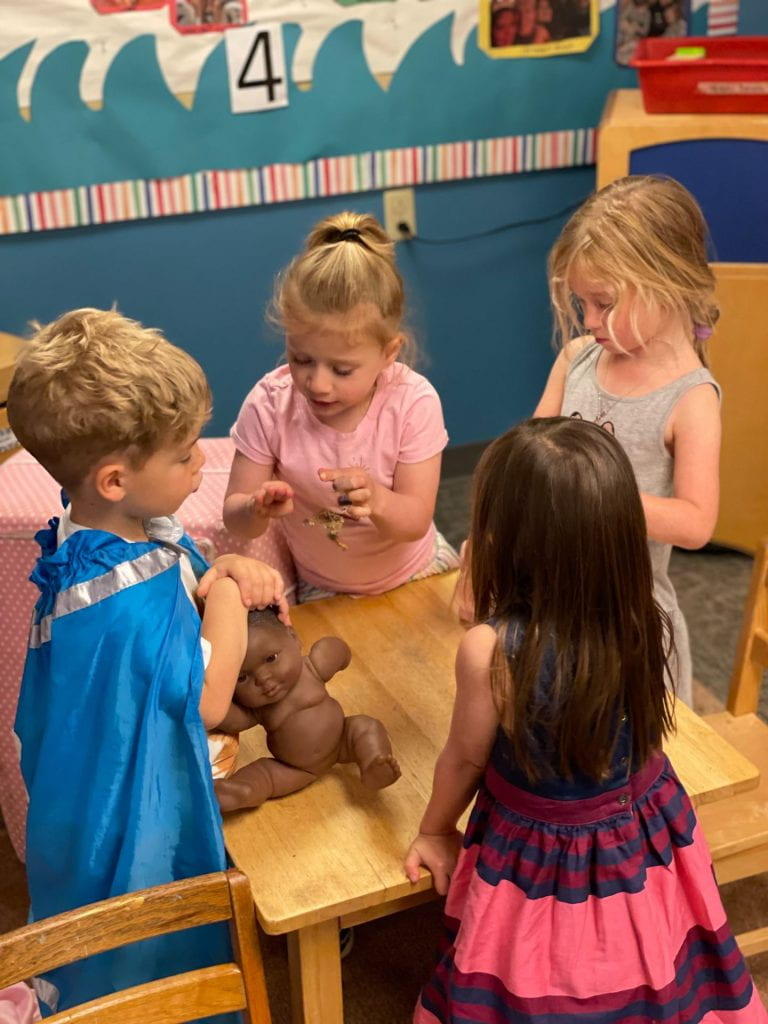
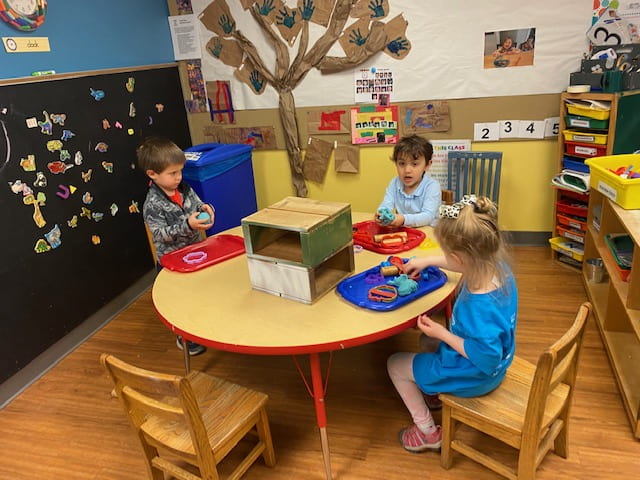
- Student to teacher ratio is 7:1.
- Children participate in individual, small-group and large-group activities, improving their listening and cooperative skills.
- Children begin to learn the language and literacy skills that promote future academic success through expanded conversations with teachers and teaching assistants. Opportunities are provided to explore books and writing materials throughout the day.
- Classrooms provide developmentally appropriate materials that inspire short and long-term project work.
Ages 4 – 5: Big Bears, Sun Bears
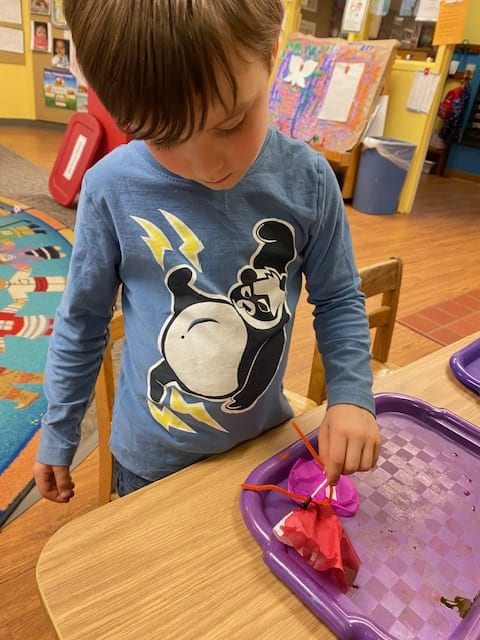
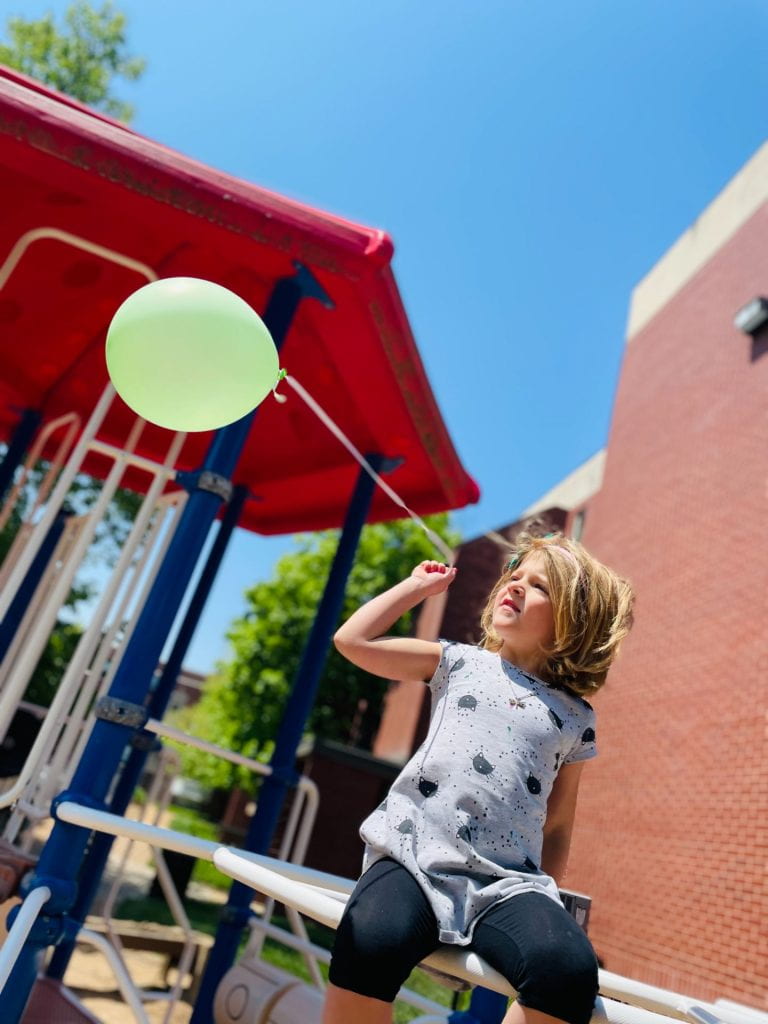
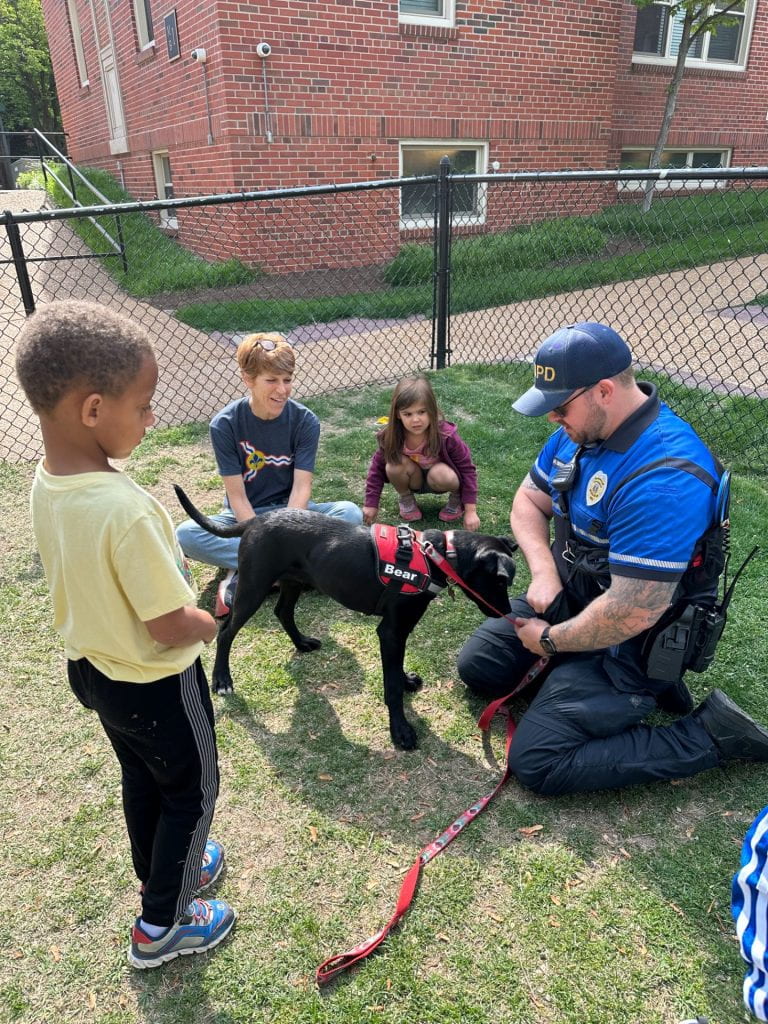
- Student to teacher ratio is 7:1.
- Children participate in individual, small-group and large-group activities where their interests contribute to the curricular design and implementation.
- Teachers and teaching assistants support children as they develop kindergarten readiness skills: expanded vocabulary, alphabetic principles, phonemic awareness, mathematical concepts and early science reasoning.
- Classrooms provide developmentally appropriate materials.
- Daily schedules allow for active and quiet, indoor and outdoor, and individual and collaborative projects.